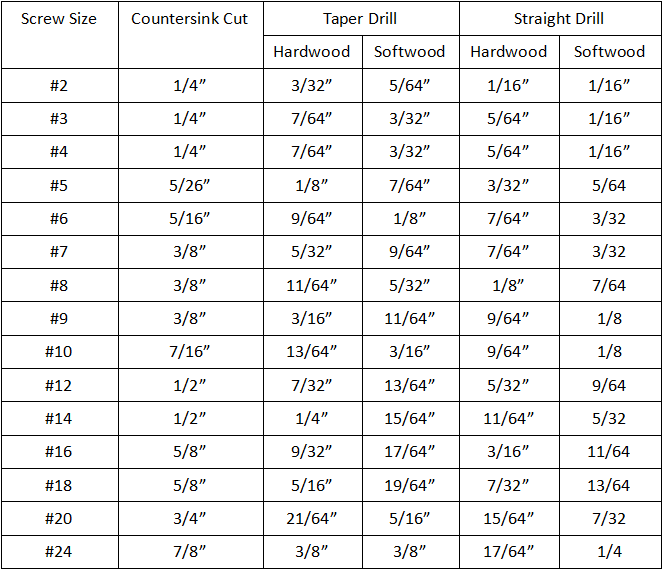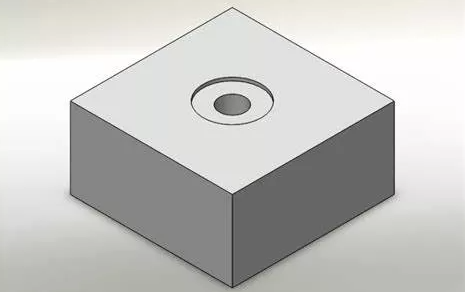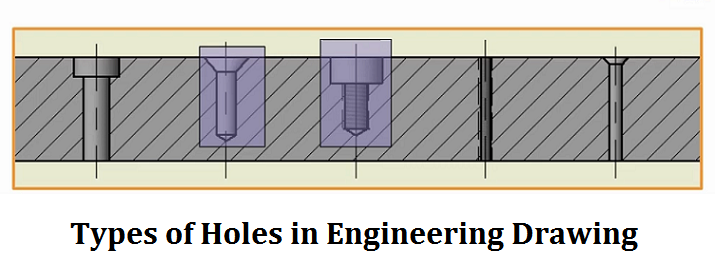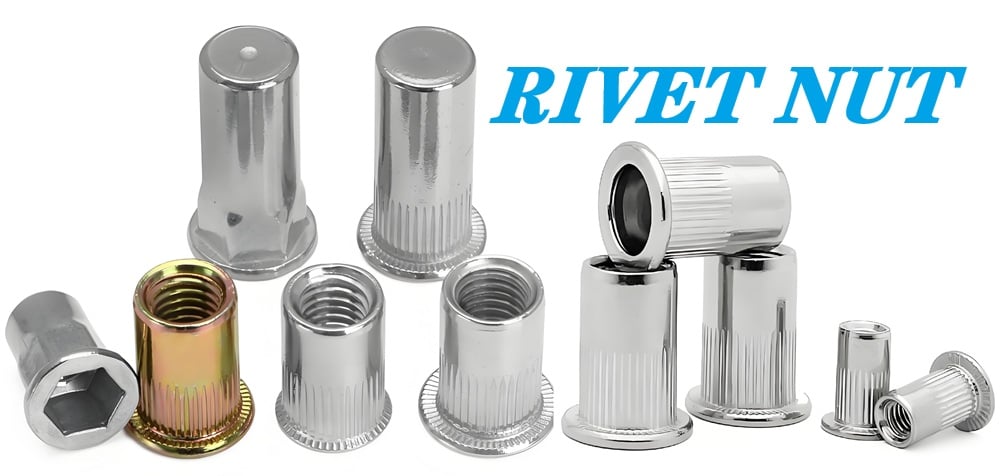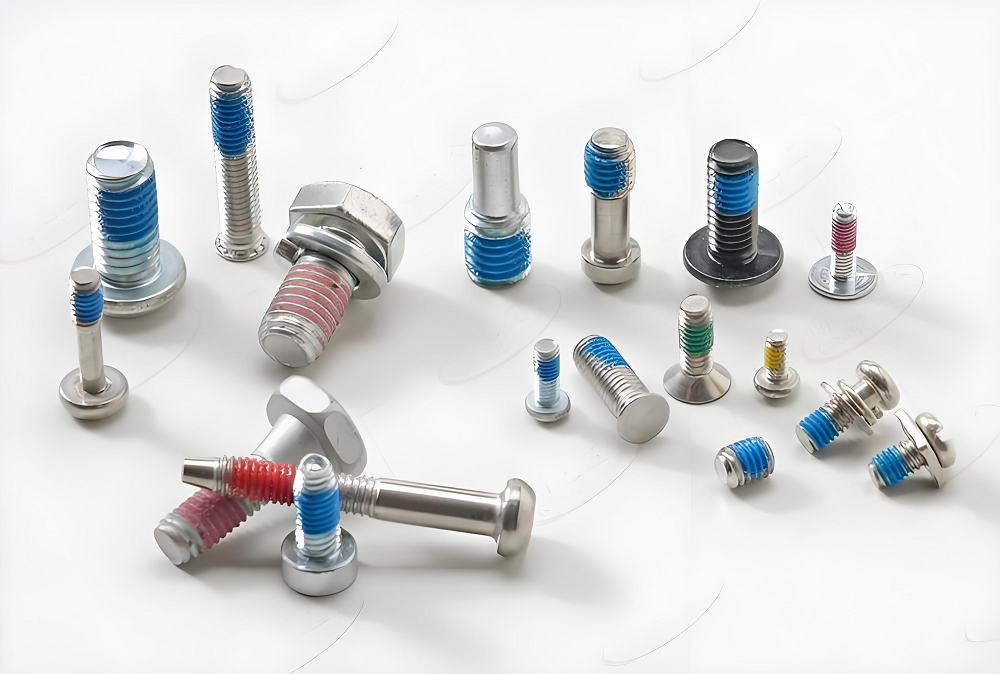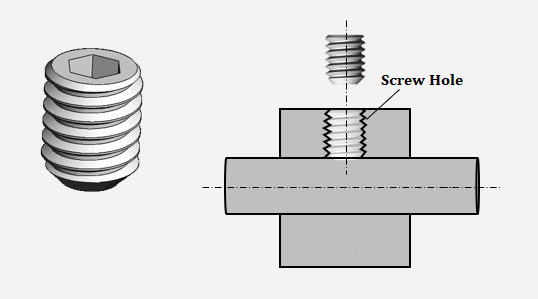In the field of mechanical design and manufacturing, countersunk holes and counterbore holes are common types of hole machining, and their selection directly affects a product’s appearance, functionality, and assembly quality. The “tiny secret holes” of precision electronics, though inconspicuous on hardware boards, play an important role in the microscopic world of precision devices. They quietly serve as the foundation for the stable operation of entire electronic systems. Among them, counterbore holes, countersunk holes, flare holes, and press-fit holes each demonstrate their unique capabilities in both electrical connections and mechanical fastening, supporting the precise operation of modern technology.
With this CNC machining guide, we will analyze the differences between countersunk holes and counterbore holes from the main perspectives, such as symbol, drill bit, hole angle, dimensions, structural features, application scenarios, and manufacturing processes, while also drawing on the manufacturing strengths of PCB fabrication. The goal is to provide a practical reference for engineering applications. Let us now take a closer look at the mysteries of these tiny holes.

1. What is Counterbore?
A counterbore is a cylindrical, flat-bottomed hole machined into a material. It is specifically made to accommodate the head of a cylindrical fastener, such as a socket head cap screw or a hex bolt, so that the fastener sits flush with or below the surface. The sides of a counterbore are parallel, creating a straight-walled recess. Compared to countersinks, counterbores are generally deeper and demand precise machining and drilling, often followed by tapping to ensure a secure fit for the fastener. This type of hole provides better stability and load distribution, as the force from the fastener head is spread evenly over a larger area. Industries such as machinery, automotive, and construction frequently use counterbores for more secure and stable mountings.

Counterbore Symbol & Hole Callout on Drawing
On technical drawings, the counterbore symbol appears before the diameter symbol, followed by a numeric value representing the diameter of the counterbore. The depth symbol comes next, indicating how deep the counterbore should be drilled. There is a space between the diameter and depth symbols, but not between the number and the symbol itself. This helps ensure there is no confusion about where the dimension is taken from. When you see a counterbore callout, it communicates both the diameter and the required depth, so the machinist knows precisely how to create the feature. For spot faces, which are similar but often used on curved surfaces, the symbol is almost the same as a counterbore but includes “SF” inside it. Spot face depths are typically referenced from another dimension on the drawing.

Counterbore Hole Angle & Shape
Counterbores produce a flat-bottomed, straight-walled cylindrical recess. Unlike countersinks—which have a cone shape and are defined by an angle—counterbores do not have a standard angle, as their sides are parallel to the hole axis. The primary characteristic is the flat bottom of the recess, which allows the fastener head to rest fully on the machined surface. Since there is no angled side, the counterbore is ideal for fasteners with straight-sided heads such as cap screws or bolts.
Counterbore Machining Methods (How To Drill A Counterbore Hole)
Counterbores generally require CNC mills or routers due to the need for precise diameter and depth. This process is more complex, particularly when ensuring the flat bottom is accurate and matches the fastener head.
Counterbore Drill Bit & Tool
Creating a counterbore typically involves the use of CNC mills or CNC routers. The process requires more complex tooling compared to countersinks. Counterbore tools and drill bits are designed with a pilot to ensure accurate alignment with the initial hole and a cutting edge that forms the flat bottom. Machining a counterbore is often done after drilling the main hole, ensuring the fastener fits securely. This process is suitable for thicker materials, as enough depth must be available to fully conceal the head of the fastener.
Counterbore Hole Dimensions (Diameter & Depth)
When specifying a counterbore, both the diameter and depth are critical. The through-hole diameter, depth of the counterbore, and surface width must be included in the fabrication drawing. For example, socket head cap screws require a counterbore diameter and depth that match the screw head dimensions. These details are standardized for different screw sizes, and charts are available to select the correct values. It is also important to specify if the hole should be plated or non-plated, as well as which side of the part the counterbore is to be placed.
Counterbore Strength and Holding Power
Counterbores usually provide greater holding strength for the fastener. This is due to the parallel application of force between the fastener head and the surface, making them ideal for heavy-duty mounting.
Counterbore Advantages
Counterbores offer several advantages:
- They provide a secure and stable method for mounting components, as the fastener head sits flush or below the surface.
- The flat-bottomed design allows for even load distribution, reducing the risk of surface deformation.
- Counterbores are suitable for heavier-duty applications, where a strong and reliable joint is required.
- They reduce the chances of interference with other components, resulting in a cleaner assembly.
Counterbore Application (Purpose & Uses)
Counterbores are designed for cylindrical-headed fasteners like socket head cap screws. The flat-bottom recess allows the entire fastener head to rest below or level with the material’s surface, making it suitable for applications where a strong, stable joint is necessary.
Counterbores are widely used in situations where cap screws or bolts are needed to be flush or hidden for functional or aesthetic reasons. Common applications include:
- Machinery and equipment assembly for secure mounting of parts
- Automotive and aerospace components, where strength and flush finishes are important
- Enclosures and housings, to prevent protruding fastener heads
- Printed circuit board mounting, for a cleaner look or more secure installation
Counterbore Cost
Counterbores tend to be more expensive to manufacture than countersinks. This is due to the requirement of CNC routers or milling machines, and the need for thicker material to achieve the desired depth. The complexity of the machining process and the precision required also contribute to the higher cost. However, the additional expense is justified in applications where a stronger, more stable joint is needed or where the fastener head must be concealed for functional or visual reasons. For cost estimates, it is recommended to reach out to the manufacturer with specific requirements, as prices can vary based on material, size, and quantity.
What is Countersink?
A countersink is a conical hole that is machined into a surface, designed to accommodate the head of a tapered fastener such as a flathead or oval head screw. This type of hole ensures that the screw sits flush with or slightly below the surrounding surface, providing a smoother and more streamlined appearance. Countersinks are generally shallower than counterbores and are easier to create. They are often used in projects where a flat finish is important, such as cabinetry, woodworking, and thin sheet metal work. By allowing flathead screws to nest neatly, countersinking helps avoid interference and creates a clean, professional look.

Countersink Symbol & Hole Callout on Drawing
The symbol for a countersink on technical drawings resembles a “V” shape, preceding the diameter symbol. Directly following this, the angle of the countersink is specified. For example, you might see a notation that includes the diameter and an angle, such as 82°, 90°, or 100°. If multiple countersink holes are required, a notation like “6x” is used, meaning the same feature is applied in six locations. This method ensures that machinists and fabricators have a clear and concise understanding of what is required in the design.

Countersink Hole Angle & Shape
Countersinks are defined by their conical shape, achieved by cutting the material at a specific angle from the pilot hole. The most common angles are 82°, 90°, and 100°, matching the angle of the screw head for a flush fit. The tapered sides of the countersink allow the fastener head to sit at or below the surface, preventing snagging or damage. The precise angle is essential for ensuring that the fastener sits properly and that the finished assembly is neat and functional.

Countersink Machining Methods (How To Drill A Countersink Hole)
Countersinks are often made using a drill press equipped with a countersink bit that matches the required angle. This method is straightforward and removes less material, making it simpler and faster.
Countersink Drill Bit & Tool
To produce a countersink, a drill press equipped with a specialized countersink bit is typically used. The process is straightforward, requiring simpler tooling compared to counterbores. The countersink bit is designed with a conical cutting edge that matches the required angle, allowing for accurate and repeatable results. This method removes less material during the process and is well-suited for thin sheet materials or projects requiring a flush finish.
Countersink Hole Dimensions (Diameter & Depth)
Specifying a countersink involves providing the through-hole diameter, the angle of the countersink, and the width at the surface. These details ensure that the fastener will sit correctly within the part. For manufacturing, this information is usually included in fabrication drawings and submitted along with design files. Standard size charts are available for different screw sizes and head diameters, making it easy to select the correct countersink dimensions for a given application.
Countersink Strength and Holding Power
Countersinks, sufficient for many uses, do not distribute force as broadly, and are better suited to lighter applications.
Countersink Advantages
Countersinks provide several practical benefits:
- They allow flathead screws to sit flush or slightly below the surface, preventing interference and snagging.
- The process is easier and faster to perform compared to counterbores, as it removes less material and requires simpler tooling.
- Countersinks create a clean, professional finish, which is ideal for aesthetic applications.
- They reduce the risk of surface splitting, especially in wood, by preventing the screw head from forcing apart the material.
Countersink Application (Purpose & Uses)
Countersinks are intended for tapered fasteners, such as flathead screws, which sit flush in the conical recess. This is especially important for applications where a smooth finish is needed, such as cabinetry, woodworking, and thin metal panels.
Countersinks see widespread use in a variety of fields:
- Woodworking and cabinetry, where a smooth surface is desired and protruding screw heads would be unsightly or hazardous.
- Sheet metal fabrication, making it possible for screws to sit flush in thin materials.
- Printed circuit board mounting, providing a cleaner look for tight-fitting electronic assemblies.
- Drywall installation, ensuring screw heads do not interfere with the finished surface.
Countersink Cost
In terms of manufacturing, countersinks are generally less expensive than counterbores. The process requires less complex tooling, and less material is removed. Since a drill press and a simple countersink bit are sufficient, production is both faster and more economical. However, the final cost can depend on the number of features, the type of material, and the required precision. For a detailed price, it is best to contact the supplier or manufacturer with specific details about the project.
What are the Differences Between Counterboring vs Countersinking?
Counterbore and countersink are both machining operations used to create recesses in materials like metal, wood, or plastic, but they serve slightly different purposes and have distinct characteristics. As we have introudce each of the two holes above, below we use a table to sum up the differences between Counterbore and Countersink breifly:
| Feature | Counterbore | Countersink |
|---|---|---|
| Hole Shape | Cylindrical, flat bottom | Conical, tapered sides |
| Fastener Type | Cylindrical-head (socket cap, hex bolt) | Tapered-head (flathead, oval) |
| Angle | No standard angle | Commonly 82°, 90°, 100° |
| Creation Tools | CNC Mills, CNC Routers, special drill bits | Drill press, countersink bit |
| Depth | Deeper, precise machining | Shallower, easier to produce |
| Holding Strength | Higher, distributes force over area | Lower, force at an angle |
| Common Uses | Machinery, automotive, construction | Woodworking, cabinetry, sheet metal |
| Required material thickness | Thicker materials needed | Suitable for thin materials |
| Cost | Higher, requires thicker material | Lower, simpler tooling |
| Aesthetic Result | Flush/below surface for cap screws | Flush for flathead screws |
Counterbore vs Countersink: Which Is Better For Your Project?
The answer to which is better, counterbore or countersink, depends entirely on the specific needs of your project. Both options have unique features that make them suitable for different types of assemblies.
Strength and Load Distribution
Counterbores are preferred in situations where a strong, stable joint is needed. The flat-bottomed, straight-walled recess allows the head of a socket cap screw or hex bolt to rest entirely within the material. This design offers more holding strength, as the force from the fastener head is distributed parallel to the surface, making it ideal for heavy-duty applications in machinery, automotive, and construction. If your design requires maximum stability and resistance to high loads, a counterbore is generally the better choice.
Aesthetic Finish and Simplicity
Countersinks are ideal for projects where a clean, flush finish is important. The conical hole accommodates flathead screws, letting them sit level with or just below the surrounding surface. This creates a smooth appearance, free of protruding fastener heads, which is particularly desirable in woodworking, cabinetry, and thin sheet metal applications. The process for creating countersinks is simpler and often less expensive, making them a practical option for many assemblies where high strength is not the top priority.
Material and Manufacturing Considerations
Counterbores require thicker materials to achieve the necessary depth and often involve more complex machining with CNC mills or routers. This increases both the cost and time required for production. Countersinks, on the other hand, can be added quickly using a drill press and a specialized bit, removing less material and making them suitable for thinner materials.
Typical Use Cases
- Counterbores: Used when socket head cap screws or bolts must sit flush for maximum strength, such as in mechanical assemblies, automotive parts, and structural components.
- Countersinks: Chosen when flathead screws are needed for a streamlined appearance, common in wood projects, enclosures, and electronics.
Cost
Countersinks are generally more cost-effective due to the simplicity of the process and the reduced need for complex tooling. Counterbores, while offering greater strength, tend to be more expensive to produce because of the additional machining steps involved.


